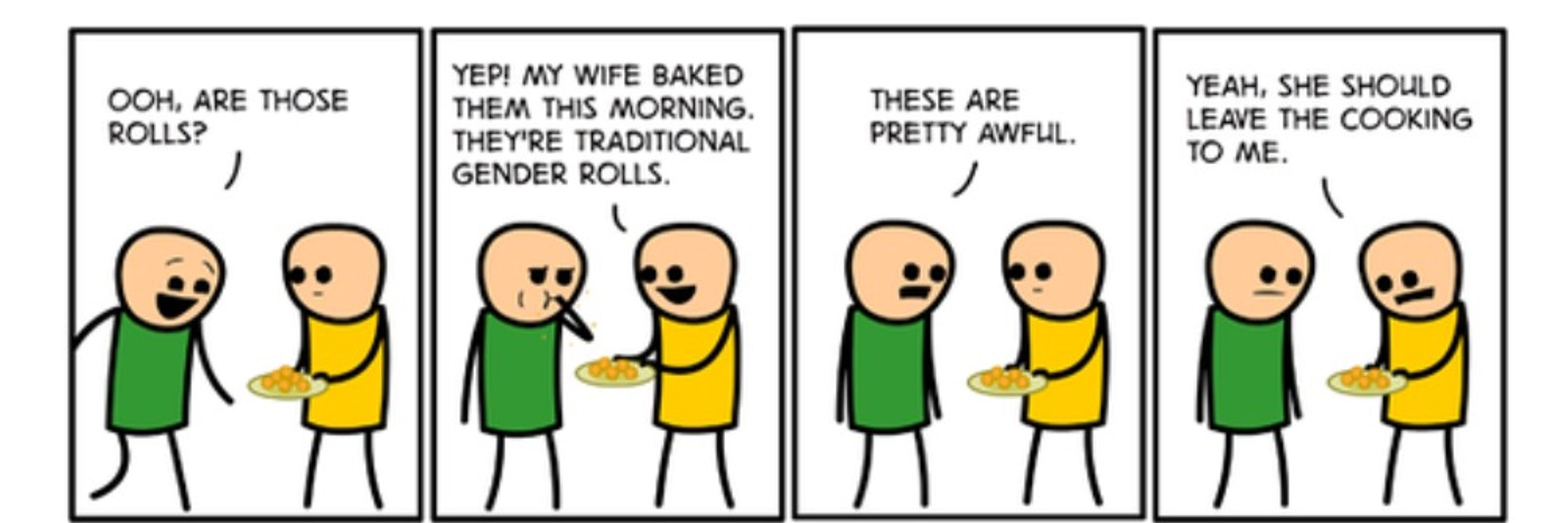
osf.io/preprints/ps...
osf.io/preprints/ps...

People don’t just categorize more when meta-contrast is high —
They prefer to use the dimension with the stronger relative meta-contrast when several are available.

People don’t just categorize more when meta-contrast is high —
They prefer to use the dimension with the stronger relative meta-contrast when several are available.
It’s like how the same mean difference feels “bigger” when the groups themselves are less variable.
Low within-group variance = stronger affordance to categorize along that line.
It’s like how the same mean difference feels “bigger” when the groups themselves are less variable.
Low within-group variance = stronger affordance to categorize along that line.
If they’re messy and (almost) overlapping, not so much.

If they’re messy and (almost) overlapping, not so much.
We suggest it depends on the information ecology — the distribution of cues we use to infer who belongs where.

We suggest it depends on the information ecology — the distribution of cues we use to infer who belongs where.
That’s well known.
But what’s less clear: why one category dimension dominates in a given situation. Why gender here but race there?

That’s well known.
But what’s less clear: why one category dimension dominates in a given situation. Why gender here but race there?


